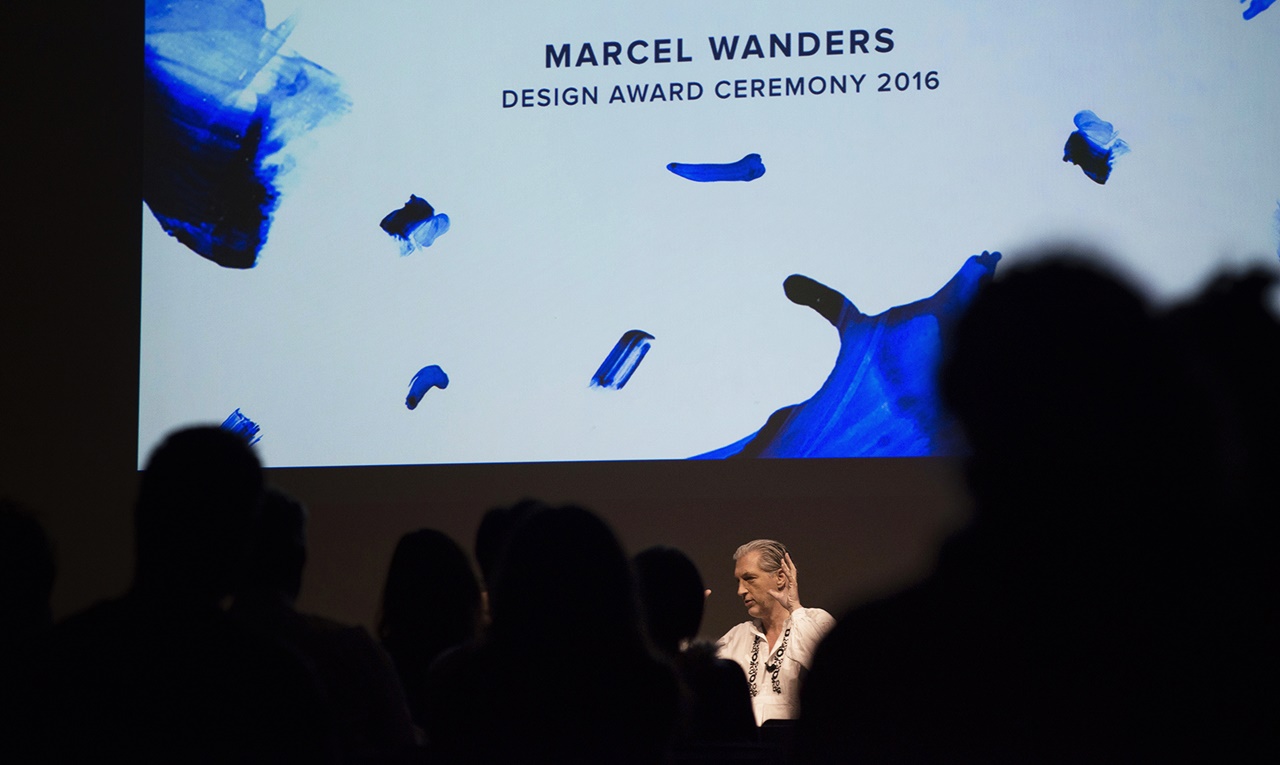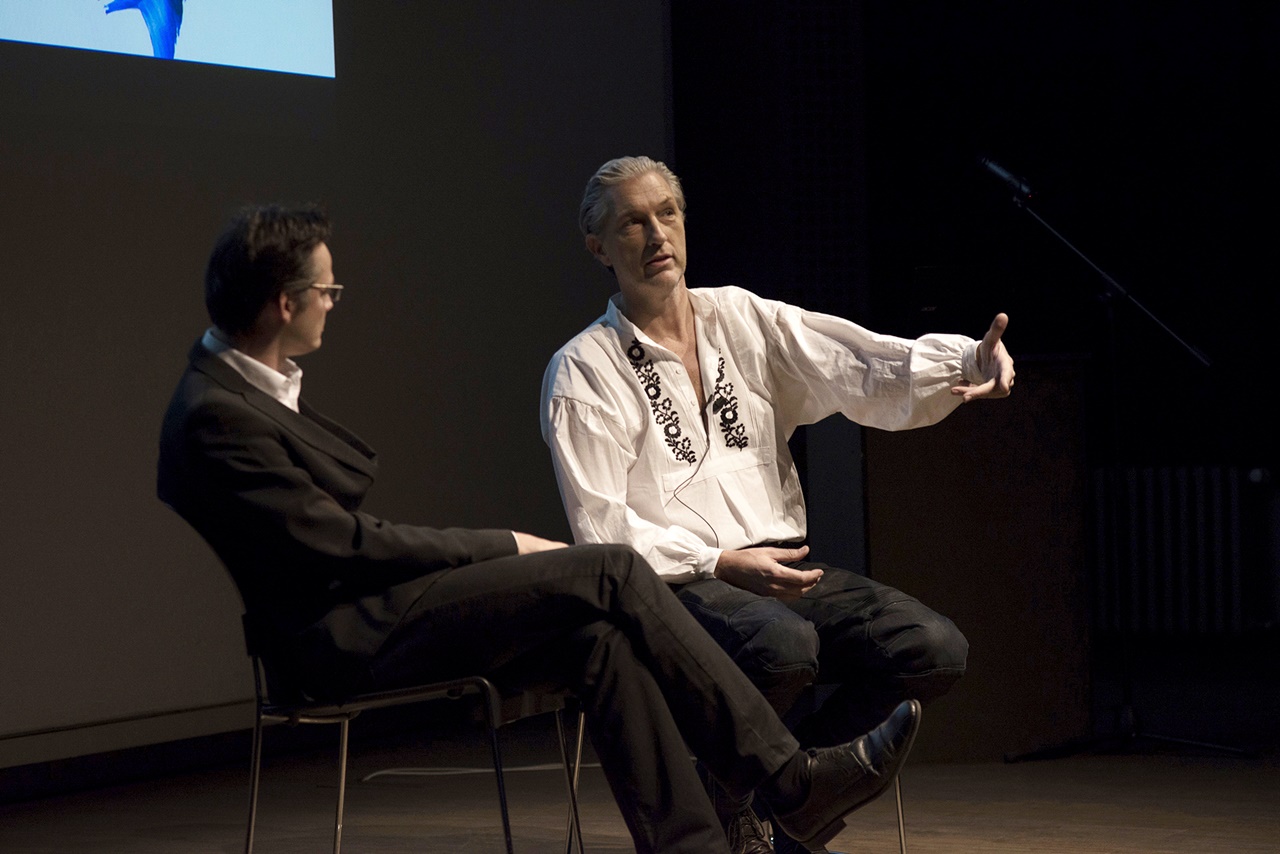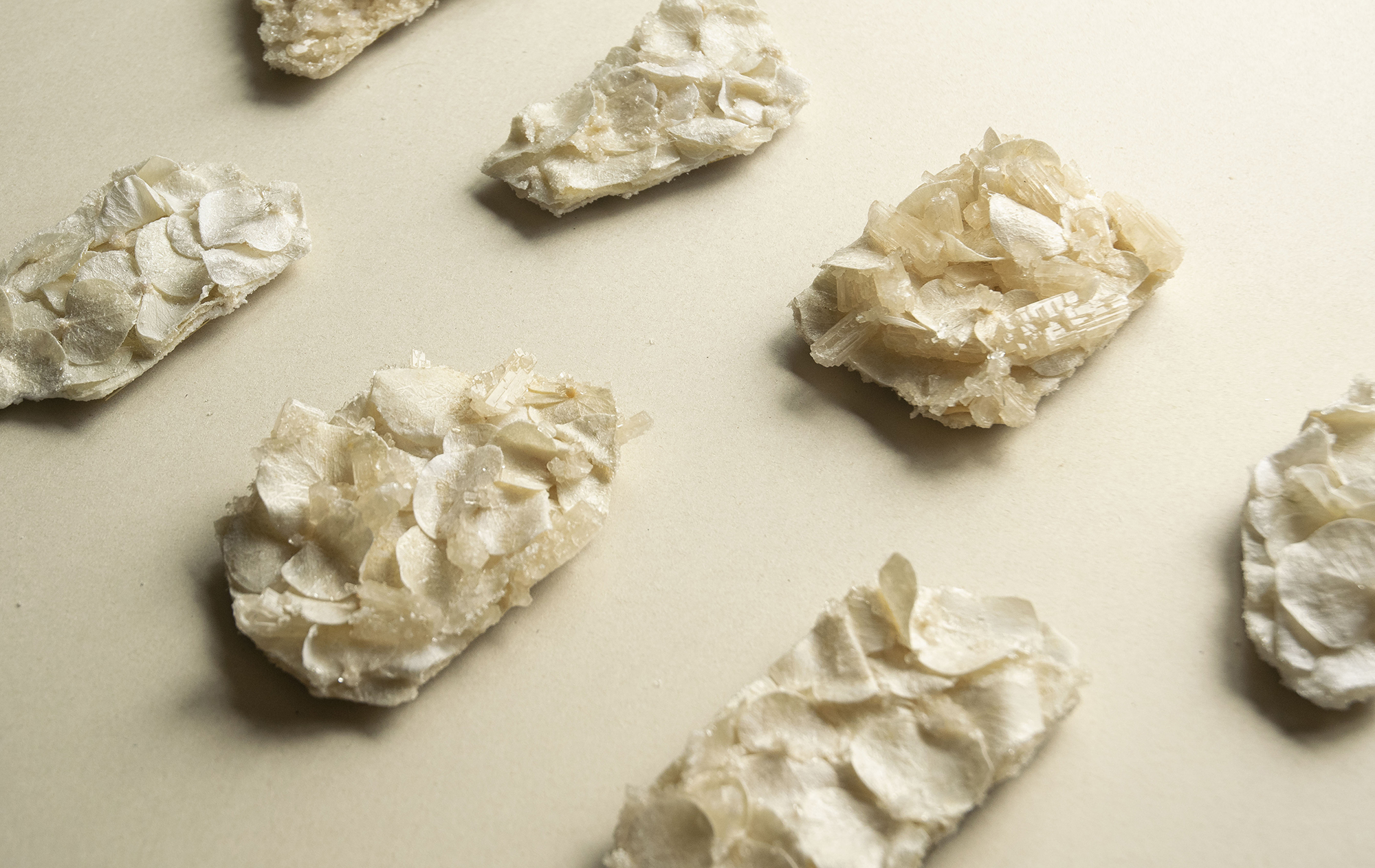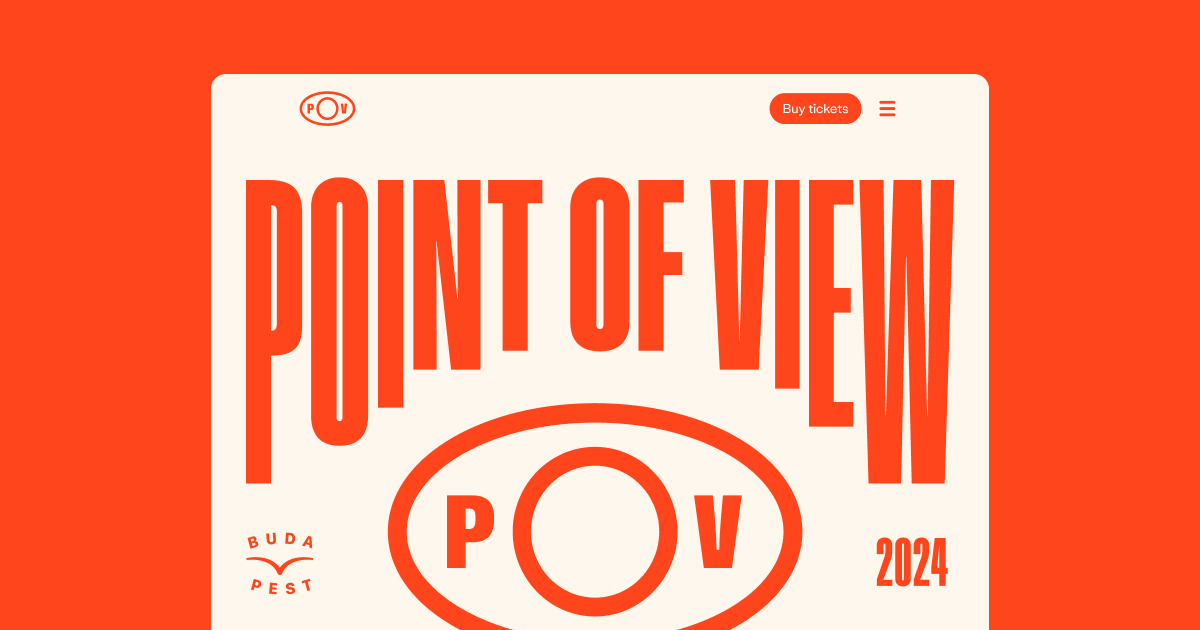

Marcel Wanders on why he founded a design award, how to manage Order and Chaos, and what the problem is with “kitsch”
We had the opportunity to meet with the promintent designer Marcel Wanders at Moholy-Nagy University of Art and Design Budapest, while he was preparing for an unusual prize-giving ceremony.
It’s not the first time you are in Budapest. What are your impressions of the city and the local design scene?
Well, I visited Hungary a couple of times in the past couple of years, and I think it is a very special country with a very special capital. It is a really inspiring place, and I feel I should do more projects here.
Recently I just bumped into the Future Traditions project led by the university (Moholy-Nagy University of Arts and Design Budapest). I saw the exhibition and was really impressed with the work of the students. While looking at the exhibited pieces, I came up with the idea to grant an award for graduate design students. An award is a good input for local discussions about design. Then I got to know the different graduation projects of the students, and was seriously excited by their work. I had no idea what to expect, but the level of diversity and quality surprised me.
Do you see any trends on the global design map, which weren’t there in the 90’s or early 2000’s, and have an influence on your current practice?
I’m not really interested in trends, but of course, when you design something new, it is set into the contemporary framework of design. We see a lot of movement these days. We should think differently about our economy, social structures, industry, about rich and poor, the war, or about our resources. There are so many elements of design, which are under attack, or offer new opportunities, like sharing economy, local production, electronics, databased information, computational design. All these things are moving. Many subjects are playing a role in the flow of ideas and products, which can possibly become trends. But honestly, I wouldn’t even call them trends; they are rather new opportunities in design.
And you have to see where the wind comes from. As a designer you can’t blow strong enough to make wind – and it’s not even your job to do so. As a writer about design, or as a philosopher in the context of design, you might be able to alter the discourse. However, as a designer I have to work with the wind. Maybe there is only a little wind, but if you know how to angle your sail you can go anywhere.
As a designer you can also be critical…
Sure, but that is a different role – it is not designing. I try to be most critical about my own work, and I try to act critical towards other people’s thinking, but never towards other designer’s projects. But I try to be humble, they don’t work for me, so they don’t have to make something I like! At the end I always try to ask questions to understand and to learn from them.
Your work often deals with historic metaphors, quotations and archetypes. You have a creative connection with the past, one can say… But archetypes also evoke the notion of kitsch. I wonder if it’s difficult to get around this rather pejorative aesthetic label.
Designers work for the future, but we don’t have to cut ourselves away from our past. That’s the reason why I got attracted by the title, Future Traditions. We should take what is already ours on to our path to the future. And regarding kitsch: I think Kitsch is by now a word that is only used to underline superiority while in fact it is completely meaningless.
You mean, it is elitist?
Absolutely. And there is no true reference to it. If something imitates something else – you call it kitsch. The fake version of something. That’s the fundamental idea behind kitsch.
But let’s take pure white LED light… Architects tend not to use it, even though it’s the most functional and pure light. They don’t want white light. Why? Because we had fire, torches, candle sticks, light bulbs and halogen bulbs as sources of light – all these are “firelights” with warm, yellow-red colors. They are“imitations of the sun”. And now there is pure white LED light, which we can’t accept. So we try to make LED light more pinkish… and it there for should be called sheer kitsch. But I don’t mind. I don’t like the white light either.
I think to call something kitsch is the cheapest way to avoid a conversation. An ignorant way of blocking a conversation about what is really happening. There is a lot of stuff, you can call them kitsch if you want to, but it is a rather meaningless word by now, used to avoid conversation and claim a superior position.
In one of your interviews, you described design as a chaotic process. How should we imagine your own working method?
As long as you work on you own, it is easy to figure out how to rule yourself. The design process might be chaotic, but you can still oversee it. However, as soon as a few more people join – let’s say ten – you have to organize your collective, otherwise things won’t work. You might recognize, that the creative part of an organization just doesn’t want to fit in an order. Because it doesn’t always work by strict rules or according to a plan. In my studio we’ve also had fights between people because of this.
So I made up two departments: Order and Chaos. Without order we can’t get anything done on time. And without chaos we can’t get anything important done. If you want something done, which is meaningful and relevant, you have to accept both sides. And both have to demand more from the other. Chaos must demand more order, and Order must demand more chaos.
Problems show up, when you have to mediate between the two sides…
Look, normally Order wants more order, Chaos wants more chaos. It makes no sense to ask Order to make chaos, or Chaos to make order. Chaos must demand more order from Order, and Order must demand more chaos from Chaos. There are still moments, when people bump into each other, but since the situation is described with these two metaphors, it is also funny. We can make jokes about it in the studio.
Are you good at both sides?
To be honest, in my own individual work, I’m pretty well balanced, but in the studio I’m awful. I’m leading the Chaos departement! As part of the pack, Order is on me, and I feel the power to make more chaos. The balance in my design studio (in Marcel Wanders design studio) is something like 2/3 chaos and 1/3 order. Whereas in Moooi, which is a design manufacturer, order is bigger and chaos is smaller.
One of my colleges drew my attention to an article, which refers to you as the “Lady Gaga of design”. Can you identify with that?
I don’t know why especially that one pops up all the time… Journalists call us everything. I asked my PR assistant to make a list about what they’re calling us. I can send you that – it’s really long.
You don’t have to reflect on Lady Gaga, I’m more interested in, how you see your own position in the global design arena.
Okay. While Lady Gaga has a very clear image, I have a more diverse role in design. I do very different things, sometimes very quiet, very bold, sometimes more fascinating. I lead a company, I’m a teacher, I write books about design, and so on. There are so many different things I do behind the scenes. It’s a complex position.
Do you have any good advice for young designers?
Get your English right! If you want to play with the world, you need proper language skills. Everything you got to read about design is in English. If you need more advise from me, you can read them in my books… Which were also published in English.
Which word would you pick to finish the “design is so…” sentence?
Design is so-so… And it is not just a twist of the tongue. I think design has so much potential, but it is also overvalued. It became a noun, which is very fashionable, but in a lot of contexts it just doesn’t mean anything any more.
// /
An interview by Akos Schneider





